 The last couple of days I was in Old San Juan for a Fulbright Ambassador meeting (for one day) and a meeting of Campus Representatives (the next day).
The last couple of days I was in Old San Juan for a Fulbright Ambassador meeting (for one day) and a meeting of Campus Representatives (the next day).Interesting Fulbright-related topics included that 1) the Fulbright program is extremely cost effective: in over 60 years of implementation and over 310,000 scholar and students the total cost of the Fulbright program has amounted to just three days of the current U.S. defense budget. I'm for soft diplomacy and butter not bombs, any day. 2) Hot off the press: your short term Specialist grants do not count towards your two lifetime Fulbright Scholar grants. That's right, you can have nearly an unlimited number of Specialist or other short term (under 60 days) Fulbright Scholar grants. The only stipulation is you have to wait a certain number of years between grants. Look for more information on this in 2013.
And 3) again, hot of the press and no web link to point you to... if you have an unmarried partner who, for all intents and purposes is like your "spouse," you can now bring him or her with you on your Fulbright as your accompanying partner which means you get a little extra stipend money, just like the married folks have always gotten. This goes for same-sex couple and the living-in-sin straight people. That Is Big, people! Look for news in 2013.
So, bottom line and refresher on the Fulbright Ambassador program, we Ambassadors go out to colleges, universities, conferences, and other places where scholar-types dwell, and give talks on the Fulbright Scholar program. CIES and Fulbright wants to increase the number of applicants and increase the diversity of the applicant pool. But by "diversity" think geographic diversity, institutional diversity, diversity of one's rank (or in my case, non-rank) of the applicant, and demographic diversity. Really, if you meet the short list of eligibility criteria, they want YOU to apply for a Fulbright Scholar grant.
View Larger Map
And then Old San Juan was incredible to look at and very walk-able.
I was taken with all the seemingly stray cats all around, although none seemed to be too wild or too thin.
And finally one aspect of Old San Juan that I think was especially ingenious is the wall around the city. Built in the 1500's by the Spanish, the wall was designed to keep out marauders. There are only a few doorways that people can pass through (like the red door below).
But nowadays it seems a wall around a small island like Puerto Rico may be just the infrastructure to ward off surging seas as they rise with the melting ice caps. Maybe Mayor Bloomberg should take note.

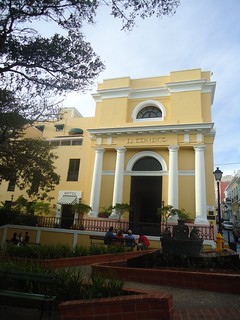
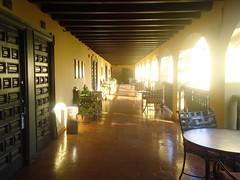

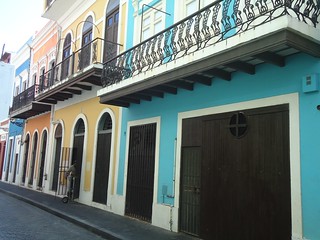
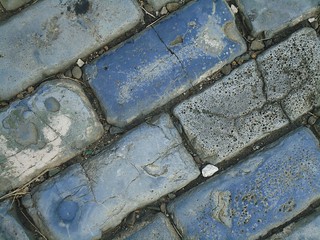
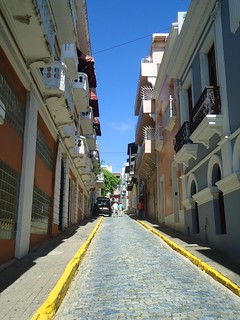

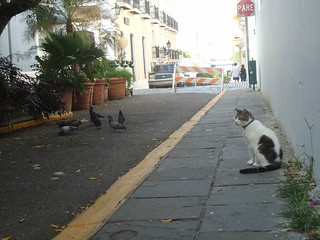
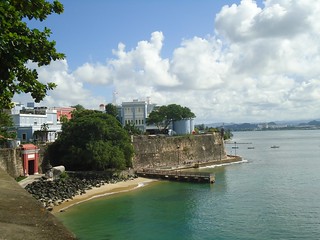

 I may be involved with the
I may be involved with the 